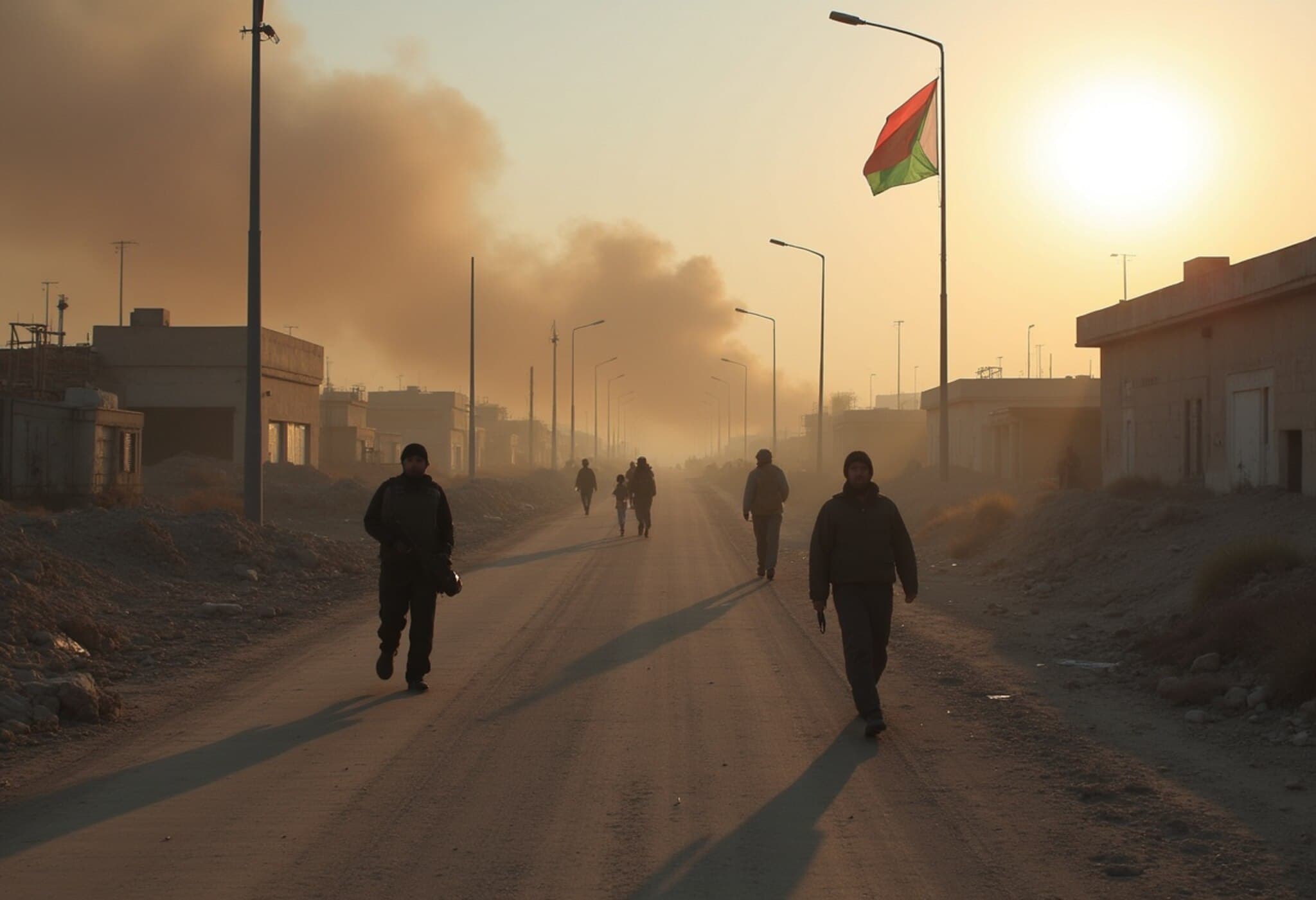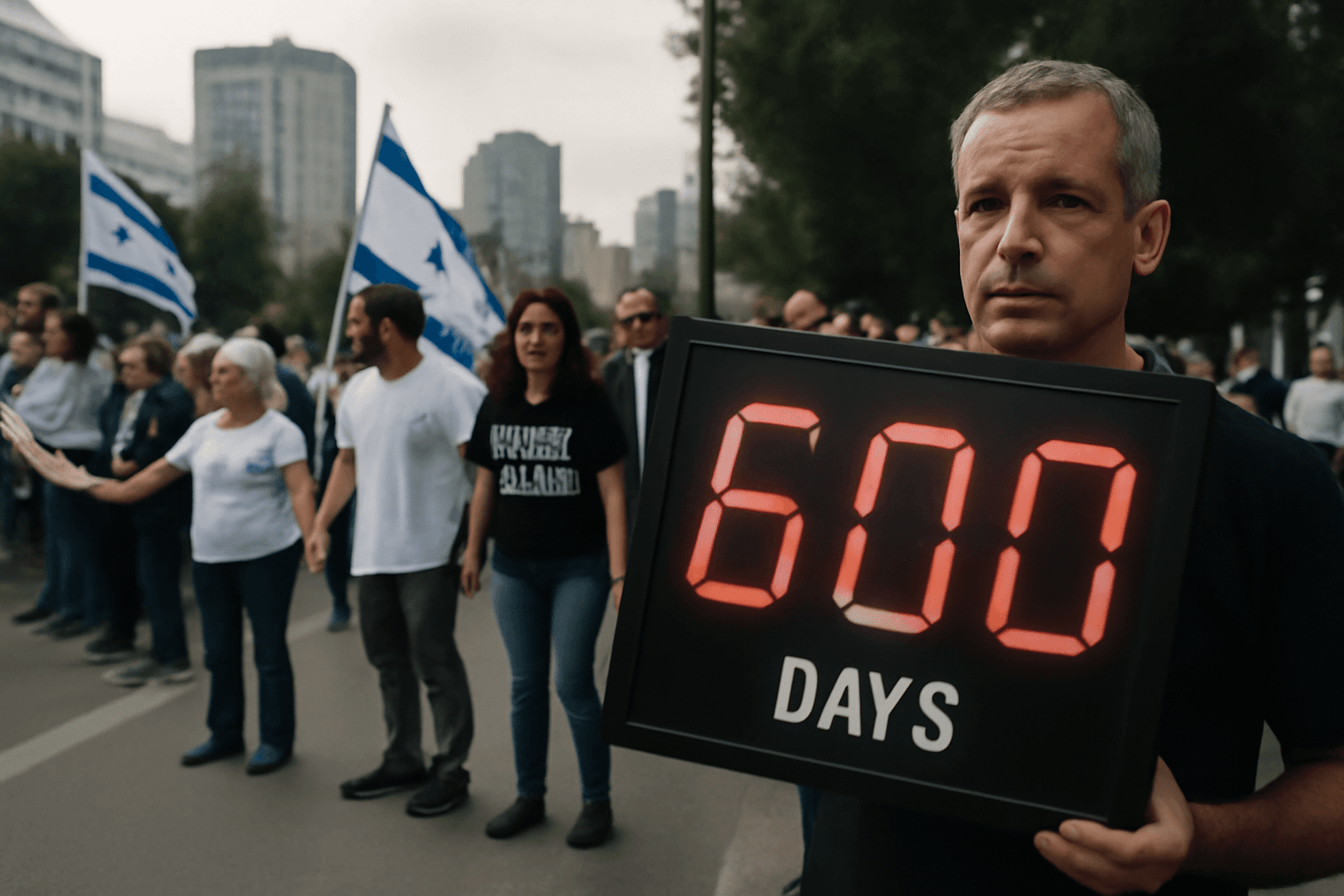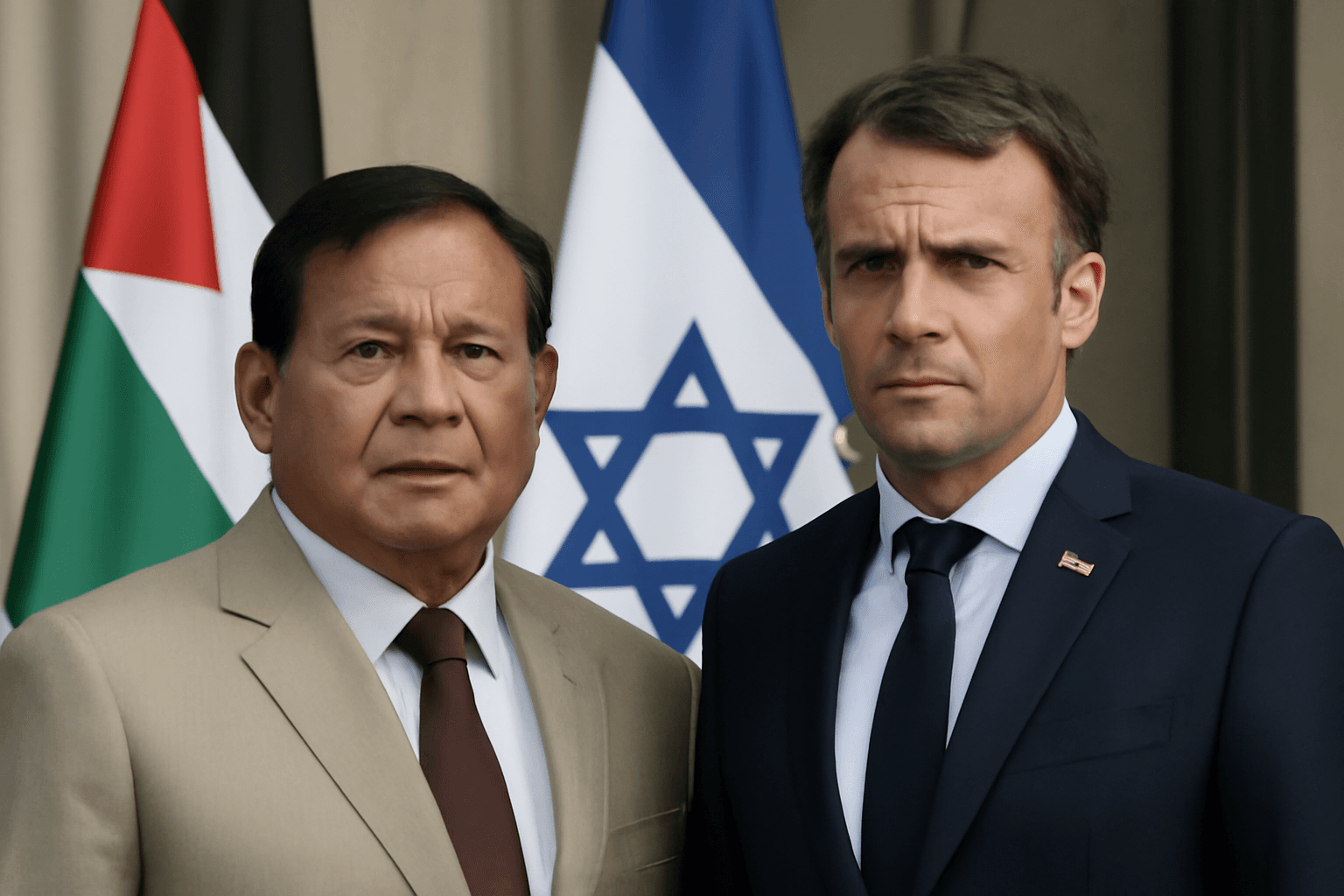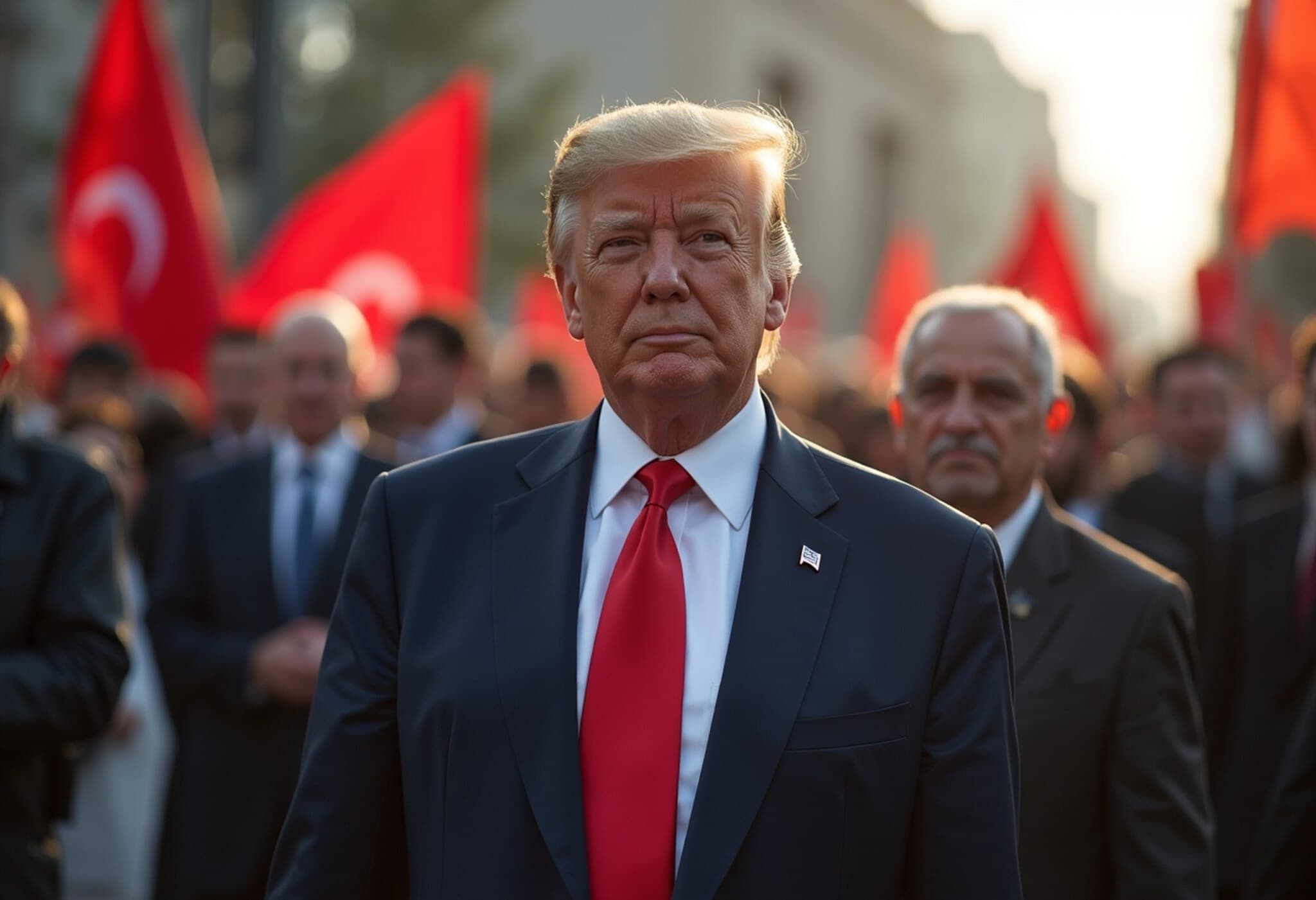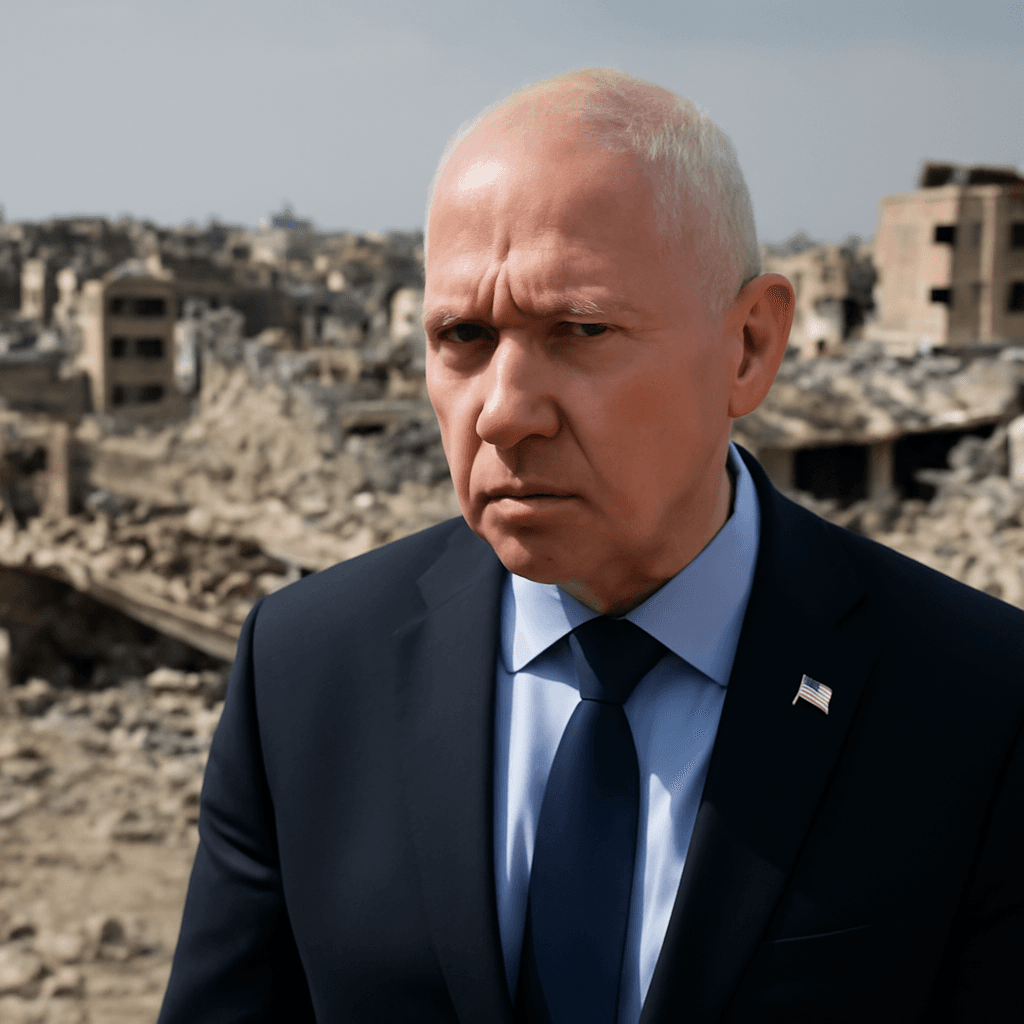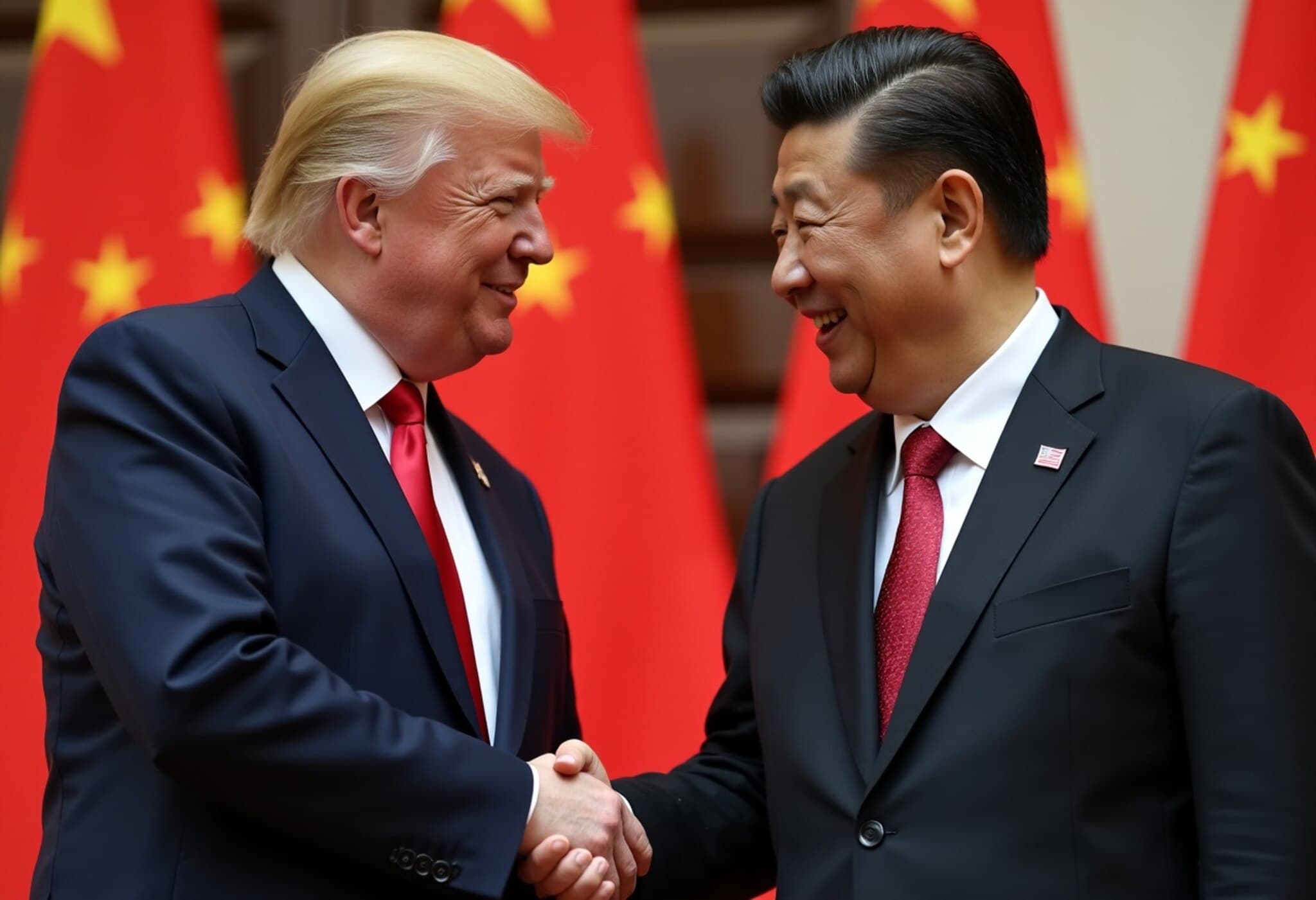Reflecting on Israel’s Gaza Withdrawal: Two Decades Later
Twenty years ago, Israel undertook a landmark and highly contentious move: its unilateral withdrawal from the Gaza Strip. Prime Minister Ariel Sharon famously framed the withdrawal not as a concession but as a test, saying, “Now it is the Palestinians’ turn to prove their desire for peace.” Yet, as time has painfully revealed, this test has been met with harsh consequences and complex challenges, transforming Gaza into a cautionary tale rather than a beacon of hope.
The High Hopes and Harsh Realities of Disengagement
In 2005, international observers welcomed Israel’s disengagement as a bold gesture towards peace and Palestinian autonomy. The plan dismantled Israeli settlements and removed troops, handing over a territory with the expectation that Palestinian leadership would build the structures necessary for a future independent state.
Unfortunately, the anticipated calm and progress failed to materialize. Instead, Gaza rapidly became a stronghold for Hamas—a group that has since entrenched itself militarily and politically, turning Gaza into what many describe as a fortress of terror. Rocket attacks against Israeli civilians surged, international aid frequently diverted to armament projects, and a generation of youth grew up amid deepening indoctrination and conflict.
Why Did the Gaza Model Fail?
- Lack of Institutional Foundations: Gaza lacked the governmental frameworks and rule of law necessary for democratic governance or sustainable self-rule.
- Empowerment of Extremism: Democratic elections without safeguards empowered extremist groups, exacerbating repression rather than promoting liberty.
- Manipulation of Aid and Resources: Financial aid intended for humanitarian assistance often fueled military infrastructure.
This sequence of events starkly highlights the risks of granting territorial control before ensuring credible governance.
Current Debates on Palestinian State Recognition: Echoes of the Past?
Fast forward to 2025, and the international community faces similar dilemmas. The Australian government recently announced an intention to recognize a Palestinian state, sparking debate that echoes the challenges from two decades ago. Experts caution that prematurely recognizing statehood absent substantive reforms risks repeating past mistakes.
Today, the Palestinian Authority (PA) governs parts of the West Bank but continues to grapple with issues that undermine its legitimacy and ability to govern effectively. These include corruption allegations, ongoing incitement, and a controversial "pay for slay" policy, where financial rewards are given to families of those involved in attacks.
While the PA has publicly condemned extremist violence—particularly the tragic Hamas-led attacks of October 7—and pledged reforms, many analysts emphasize that genuine change requires more than rhetoric. Without transparent, enforceable reforms and commitment to dismantle militant infrastructures like Hamas, state recognition risks being symbolic rather than substantive.
The Risks of Rewarding Militancy
One overlooked but critical angle is how recognition efforts, if haphazard, could inadvertently embolden groups like Hamas. For instance, Hamas’ strategic embedding within civilian areas and humanitarian resources complicates responses and often generates international pressure on Israel.
Therefore, some experts argue that pressuring Israel without confronting Hamas’ tactics amounts to strategic missteps. This dynamic risks undermining both Israeli security and prospects for genuine Palestinian statehood.
The Extreme Voices and the Need for a Balanced Approach
The discourse surrounding Israel and Palestine is often polarized. Within Australia and globally, extremes on both the left and right can drown out balanced, pragmatic voices advocating for a peaceful two-state solution.
The extremes tend to either refuse to condemn terror outright or deny Israel’s right to exist, leaving little room for the nuanced positions required to progress peace. Reclaiming the center means supporting Palestinian statehood as an eventual goal, but only through a process rooted in pragmatic reforms, coexistence, and mutual recognition.
Learning from History: Towards a Sustainable Peace
The Gaza disengagement speaks volumes about what not to do. Transferring control over territory without preparing the political and institutional groundwork sets the stage for further conflict and instability.
As Jeremy Leibler, President of the Zionist Federation of Australia, poignantly notes, “Recognition may be the light on the hill—but it cannot be offered to those who haven’t yet climbed the mountain.” Sustainable peace requires patience, compromise, and persistent institution-building.
Key Takeaways for Policymakers and Stakeholders
- Institutional Reform First: Genuine governance structures must be in place prior to state recognition to ensure stability.
- Addressing Militancy: Dismantling terrorist networks and ending incitement are prerequisites.
- International Community’s Role: Support should focus on empowering credible leadership committed to peace and coexistence.
- Avoiding Symbolic Politics: Statehood recognition without conditions risks deepening conflict.
Ultimately, the path ahead is challenging but not impossible. Learning from Gaza’s legacy, a future where a secure Israel and a peaceful Palestinian state coexist depends on realism, reform, and resilience.
Editor’s Note
Two decades since one of the most significant unilateral moves in Middle Eastern history, the Gaza withdrawal offers hard-earned lessons on the complexities of peace-building. It raises pressing questions: Can genuine Palestinian self-governance emerge without first confronting extremism? How should the international community balance symbolic gestures with pragmatic realities? As Australia and other nations contemplate the path forward, these are not just historical debates—they're contemporary imperatives requiring wisdom, patience, and a steadfast commitment to a peaceful future.

